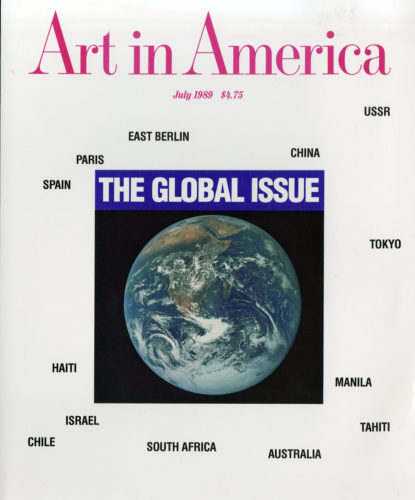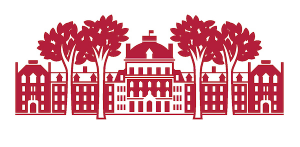
What is 'Global Contemporary Art'? Since the end of the Cold War, contemporary art has experienced a phenomenon of rapid planet wide expansion. Over 600 art fairs and biennial exhibitions structure a network where artworks, art professionals, and ideas circulate periodically, informing a community autonomous -yet connected to- local art scenes. In these last three decades, avant-garde art as practiced in Europe and the United States has expanded to acquire planetary visibility. Simultaneously, traditions of art making from other regions of the world have been welcomed -albeit in altered fashion-, into the central stages of the art world. As historians, artists, and critics: How do we make sense of this shift? More importantly: How do we fit in this picture?
In this seminar, students will learn about the institutional, epistemic, and sociopolitical processes involved in the formation of ‘global contemporary art’ as a new art historical category. We will study the role that exhibitions, academia, and the art market play in the setting of artistic trends, while we analyze how these influences materialize in the practice of artists around the globe. During the semester students will engage with primary sources such as artworks and artists writings, and secondary sources from the art industry and academia alike. At the end of this course, students will be ready to describe the political, economic, and cultural processes active in the globalization of the art industry since 1990, and reflect on the consequences of this process in academic, practiced, and curatorial approaches to contemporary art.
In this seminar, students will learn about the institutional, epistemic, and sociopolitical processes involved in the formation of ‘global contemporary art’ as a new art historical category. We will study the role that exhibitions, academia, and the art market play in the setting of artistic trends, while we analyze how these influences materialize in the practice of artists around the globe. During the semester students will engage with primary sources such as artworks and artists writings, and secondary sources from the art industry and academia alike. At the end of this course, students will be ready to describe the political, economic, and cultural processes active in the globalization of the art industry since 1990, and reflect on the consequences of this process in academic, practiced, and curatorial approaches to contemporary art.
- Teacher: Paloma Checa-Gismero
